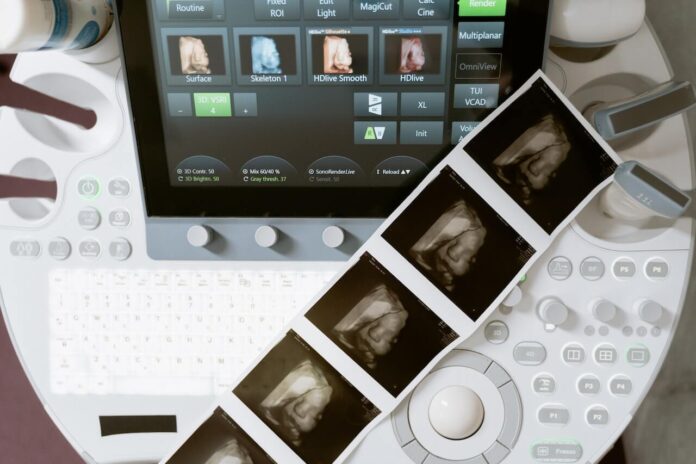It’s here! Human embryo models made in the lab for the first time! In a groundbreaking scientific achievement, a team of international researchers has successfully generated human embryo models from stem cells cultivated in a laboratory environment. This groundbreaking development provides an unprecedented glimpse into the crucial first week following implantation into the uterine wall, shedding light on a previously enigmatic phase of human embryonic development.
Understanding the intricacies of fertility, early pregnancy loss, and developmental birth defects has long been a challenge due to limited access to information about the early stages of gestation. The process of embryo implantation and the subsequent initial weeks of development have remained a scientific “black box” due to both ethical concerns and technical obstacles.
Human embryo models made in the lab for the first time
Molecular geneticist Jacob Hanna, affiliated with the Weizmann Institute of Science in Israel, emphasizes the significance of this breakthrough: “The drama is in the first month; the remaining eight months of pregnancy are mainly lots of growth. But that first month is still largely a black box. Our stem cell–derived human embryo model offers an ethical and accessible way of peering into this box.”
The international research team accomplished this feat by coaxing genetically unmodified, undifferentiated human-derived stem cells into complex structures that faithfully mimic human embryonic development. This process unveils the remarkable self-organizing abilities of human stem cells, significantly advancing our ability to study phenomena that were once shrouded in practical and ethical challenges.
One noteworthy aspect of this human embryo models made in the lab is the presence of three lineages responsible for forming the placenta and embryonic support structures. Additionally, they include the layer of cells that constitute an embryo before it undergoes folding and differentiates into various tissues and organs.
Previously, research had demonstrated that stem cells extracted from mouse embryos could be directed to grow into tissues supporting the embryo itself. However, this new breakthrough and the existence of human embryo models made in the lab extends those findings to humans, utilizing genetically unmodified human naïve embryonic stem cells.
The research team meticulously determined optimal conditions for various stages of development, starting from implantation, which occurs approximately 7 to 8 days after fertilization. These human embryo models made in the lab demonstrated developmental growth dynamics mirroring the key milestones of post-implantation embryogenesis, up to 13-14 days post-fertilization.
The models not only depict the assembly of all known lineages and components of early-stage human embryos but also resemble gene expression patterns and cell type composition in human embryos shortly after implantation, as compared to reference datasets.
It’s important to note that while this human embryo models made in the lab do not replicate embryos precisely, they represent a significant breakthrough with vast research potential. “Many failures of pregnancy occur in the first few weeks, often before the woman even knows she’s pregnant. That’s also when many birth defects originate, even though they tend to be discovered much later,” notes Jacob Hanna. “Our models can be used to reveal the biochemical and mechanical signals that ensure proper development at this early stage, and the ways in which that development can go wrong.”
The study detailing this remarkable achievement has been published in the prestigious scientific journal, Nature.

